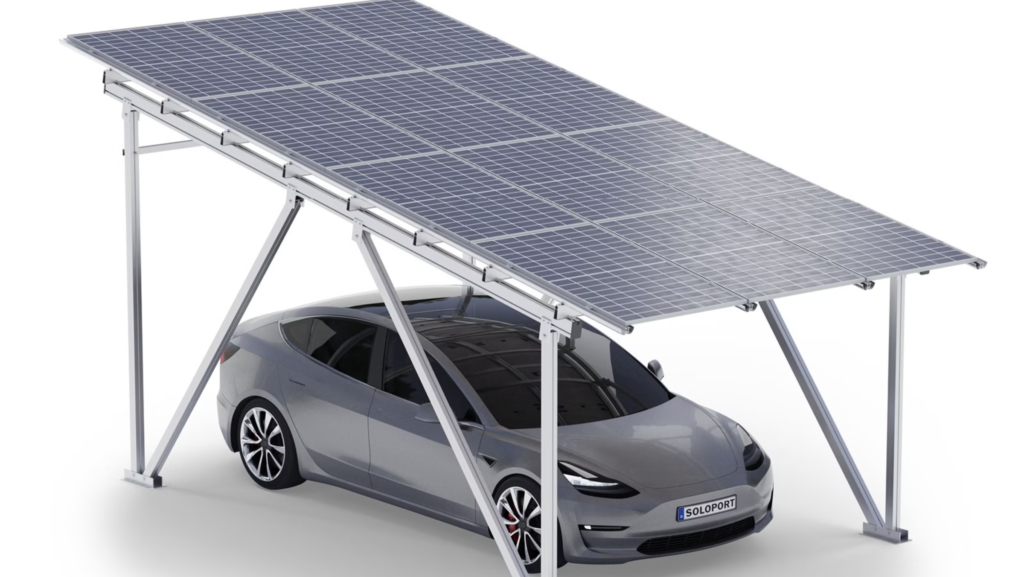Load Matching Considerations for Solar Panels Across Diverse Application Scenarios
Residential Rooftop Systems: Balancing Daily Consumption and Storage
In residential installations, solar panels typically power lighting, appliances, and HVAC systems. The total load capacity must not exceed 80% of the panel’s rated output to prevent overheating and efficiency loss. For example, a 5 kW system should support loads below 4 kW, with 20% surplus reserved for cloudy days or peak demand.
Battery storage integration requires precise calculation of daily energy consumption. A 10 kWh battery paired with a 5 kW system can sustain a household consuming 20 kWh/day for 12 hours under optimal conditions, assuming 6 hours of peak sunlight. Inverter selection is critical—pure sine wave inverters are mandatory for sensitive electronics like refrigerators, while modified sine wave models may suffice for resistive loads such as heaters.
Shading analysis is another priority. Even 10% panel obstruction can reduce output by 30%, necessitating tree trimming or tilting adjustments. A case study in Jiangsu Province showed that repositioning panels 15° southward increased annual generation by 18% in a suburban home.
Agricultural Applications: Powering Irrigation and Greenhouse Operations
Solar-powered irrigation systems demand robust load matching to handle motor startups. A 3 HP submersible pump requires a 2.2 kW solar array with soft-start controllers to manage inrush currents, preventing voltage drops below 90% of nominal levels. In Xinjiang’s cotton fields, such systems reduced diesel consumption by 12,000 liters annually per hectare.
Greenhouse environments require dynamic load management. Lighting, ventilation, and temperature control systems often operate simultaneously during midday. A 50 kW greenhouse in Shandong uses dual-axis trackers to align panels with sunlight, while load-shedding protocols deactivate non-critical equipment when irradiance falls below 400 W/m². This approach maintained 92% uptime during monsoon seasons.
Soil moisture sensors and automated valves introduce intermittent loads. Using 12V DC pumps instead of AC models reduces conversion losses by 15%, while lithium-iron-phosphate batteries provide 5,000+ cycle lifespans for daily cycling applications.
Industrial and Commercial Installations: High-Capacity Grid Interaction
Factory rooftops hosting 1 MW+ arrays must synchronize phase angles with grid frequencies to avoid power quality issues. A textile mill in Zhejiang installed 1.2 MW of panels with reactive power compensation units, cutting harmonic distortion from 8% to below 3% and avoiding $120,000/year in penalty fees.
Load forecasting tools analyze production schedules to optimize self-consumption. An automotive parts factory in Chongqing uses machine learning algorithms to predict shift patterns, adjusting solar output via smart inverters to match 78% of daytime demand—up from 55% using manual controls.
Safety protocols for high-voltage systems include arc-fault circuit interrupters (AFCIs) rated for 1,000V DC. These devices reduced fire risks by 67% in a 2024 survey of 200 industrial sites, with automatic shutdown within 0.1 seconds of fault detection.
Off-Grid and Remote Deployments: Reliability Under Extreme Conditions
Island microgrids require redundant load paths to sustain critical services during storms. A Philippine resort uses 200 kW of panels split across three arrays, each feeding separate battery banks. When Typhoon Rai damaged one array in 2021, the remaining systems maintained 85% power supply to medical facilities.
Cold-climate applications demand anti-icing technologies. In Heilongjiang Province, electrothermal films beneath panels prevent snow accumulation, while load-following inverters adjust output to match heater consumption. This combination maintained 98% operational efficiency at -30°C, compared to 72% for unheated systems.
Dust suppression systems are vital in arid regions. A Saudi Arabian desert installation uses electrostatic precipitators to repel particles, reducing cleaning frequency from weekly to monthly. This cut water usage by 80% while maintaining 95% transmittance rates.
Transportation Sector: Mobile Power Solutions
Solar-augmented electric vehicles (EVs) face unique load-matching challenges. A prototype bus in Shenzhen integrates 300W flexible panels on the roof, charging a 30 kWh battery pack during daylight hours. The system extends range by 12% in summer but requires MPPT controllers to handle varying angles and speeds.
Maritime applications prioritize corrosion resistance. Ferry operators in the Yangtze River use anodized aluminum frames and IP68-rated junction boxes to withstand salt spray. A 50 kW system on a cargo ship reduced diesel generator runtime by 22%, saving $45,000 annually in fuel costs.
Aviation trials explore lightweight panels for drones. A 2024 test by a Chinese research institute showed that 100W perovskite panels added just 2.3 kg to a UAV’s payload, enabling 15% longer missions compared to lithium-polymer batteries alone.


